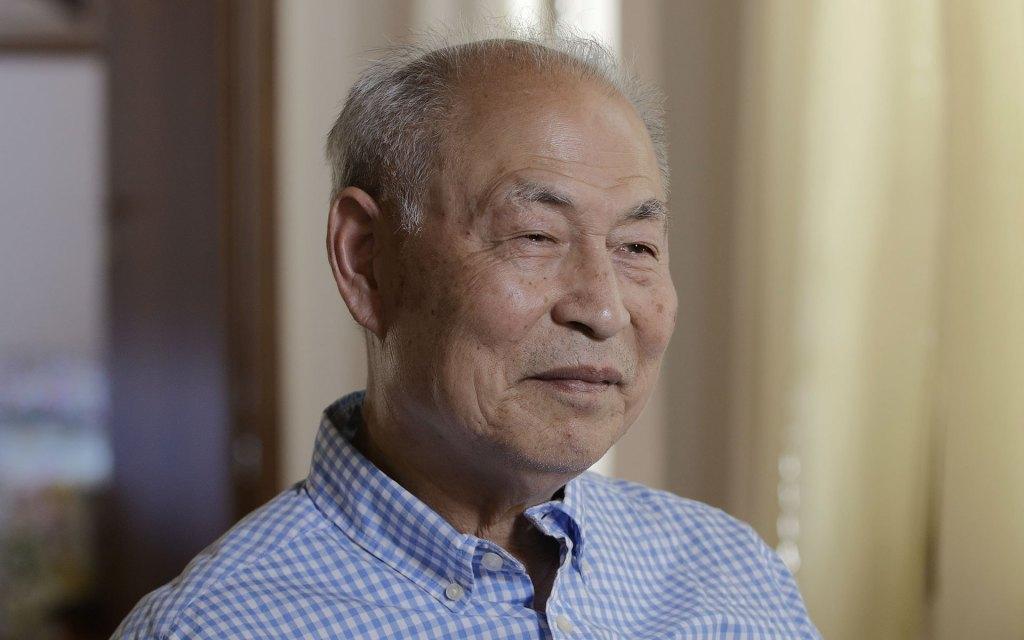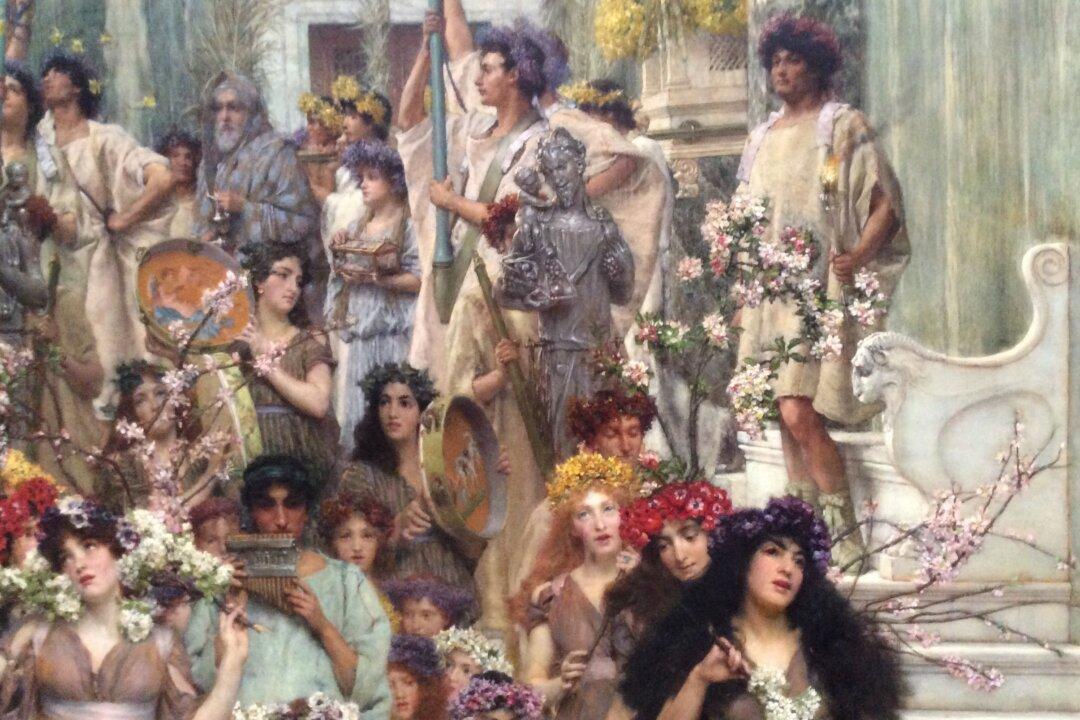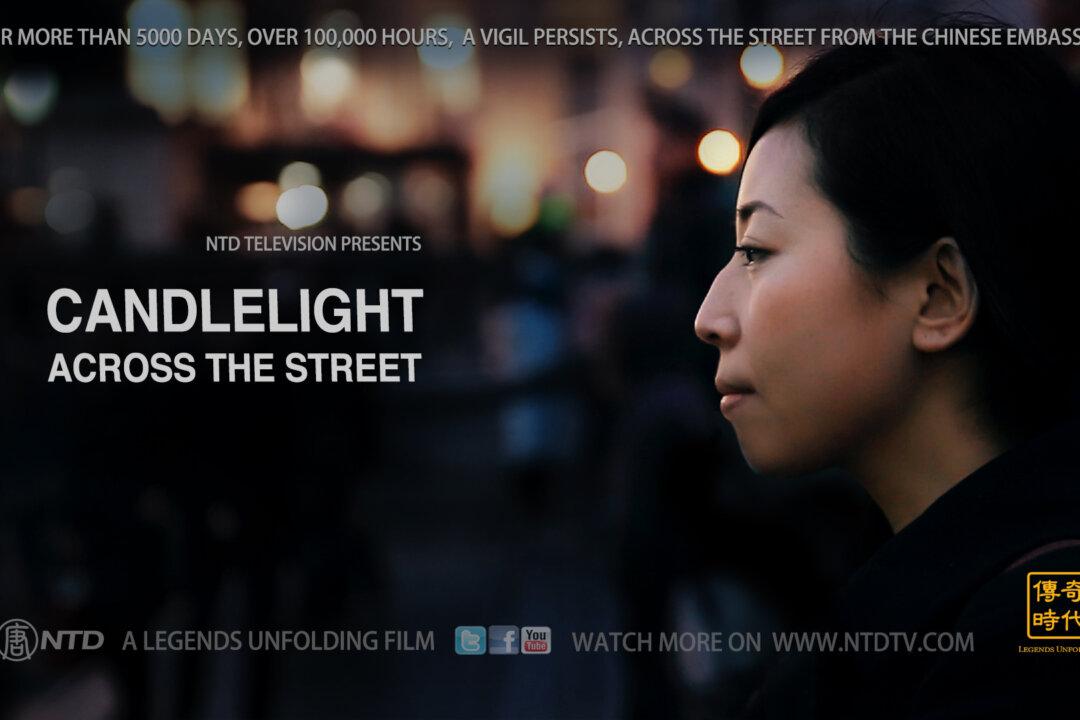Although the fragile skype connection between LA and Spain kept breaking up, Maria Bermudez’s graciousness and poise came through with pitch perfect clarity. We talked about her new show debuting in L.A. this weekend at the Ford Amphitheatre, the complex and compelling nature of Flamenco, how this art form has transformed over time, and how it has transformed Bermudez as a woman and as an artist.
Bermudez, a diverse performer from East L.A., moved to Jerez de la Frontera, Spain, 17 years ago to study and submerge herself in the culture at the source of Flamenco.
Flamenco is “accessible to an international audience, deep into the [origins of] Flamenco, it comes from a cry; through that cry is what we express through movement.”
“The cry of the gypsies is a cry of longing, the human condition. It comes from a people who have been marginalized and persecuted” she said, comparing gypsy music to our blues, which had been a profound influence on Bermudez in her earlier years as a singer and stage actor in NY.
Bermudez, a diverse performer from East L.A., moved to Jerez de la Frontera, Spain, 17 years ago to study and submerge herself in the culture at the source of Flamenco.
Flamenco is “accessible to an international audience, deep into the [origins of] Flamenco, it comes from a cry; through that cry is what we express through movement.”
“The cry of the gypsies is a cry of longing, the human condition. It comes from a people who have been marginalized and persecuted” she said, comparing gypsy music to our blues, which had been a profound influence on Bermudez in her earlier years as a singer and stage actor in NY.




